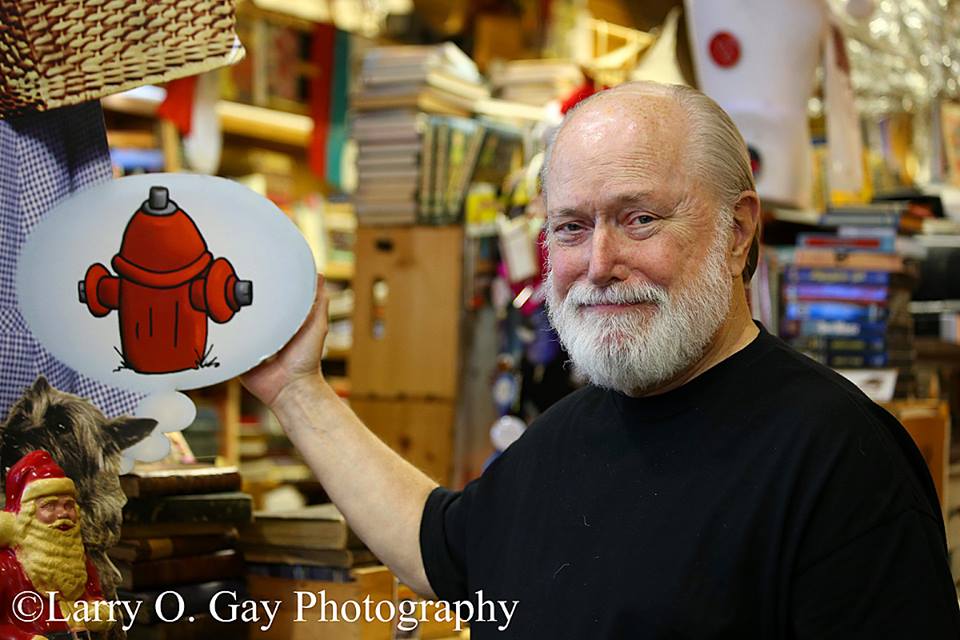Listen to Jim: http://www.jimreedbooks.com/mp3/friendme.mp3 or read on…
A mere 17,000 years ago (in Lascaux and a thousand other places),
folks were tweeting and text messaging and friending and linking and
graffiti-ing to their little hearts’ content…only, they didn’t call it the
same thing back then.
.
Here at the Museum of Fond Memories at Reed Books, I can’t help
being reminded of this fact, constantly. Each time I pick up an artifact
and examine it for its internally-sealed, private history, I have the tingly
feeling that this long-lived object is a time capsule, and that it is my
responsibility to translate and forward its contents for you, my patron
and customer…for you, my heir.
.
For instance:
.
From the hundreds of old letters and postcards that reside in the shop,
I pick up one item at random…and within that item I could spend a day,
lost in translation. It’s a hundred-year-old love letter. There’s a mustard
stain on the second page—what could we learn of old-time mustard-processing,
were we to have it analyzed? There’s a pressed four-leaf clover for
luck—a tiny, carefully selected gift to the recipient of the letter. There
is legible and concise handwriting—when did schools stop teaching
the art of clear, loving and personal penmanship? There is correct
spelling and sentence structure (I still spell out every word in my tweets
and textings). There is florid letterhead with tiny angels cavorting—talk
about uploading images! There is news of births and deaths and illnesses
and accomplishments—all described fully and with competent involvement
and emotion—no LOLs, only true and passionate opinions and thoughts.
And there is evidence of time spent in considering what the message would
include, carefully omitting sentiments and whinings that would only irritate
the recipient. And there was time to re-consider what the letter would contain,
since the ritual of folding, inserting, licking of envelope and stamp, sealing and
addressing, would provide a meditative break, time to change or make better
the message before it was posted.
.
And, perhaps most importantly, the letter-writer knew full well that the
contents of the envelope would serve as a permanent record, would be
re-opened and re-read for messages hidden or implied, would be shared
with others, would be placed with dozens of other letters in a lavender
box or bulging scrapbook, to be revisited down the generations, would
be a picture of that moment for all time, just as the Lascaux cave walls
are still probed and enjoyed, a mere 17,000 years later
© 2011 A.D. by Jim Reed
